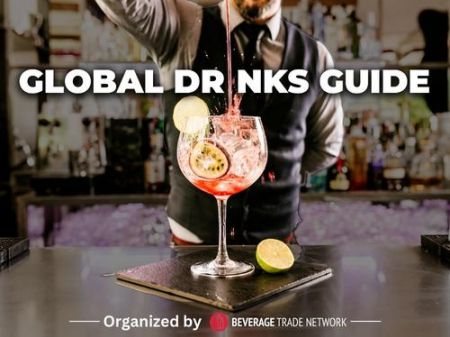Sommeliers Choice Awards 2024 Winners
Top 10 Tips to Take Your Wine Brand National in the USA
Understanding the distribution chain, scaling your business and preparing your brand for national distribution.
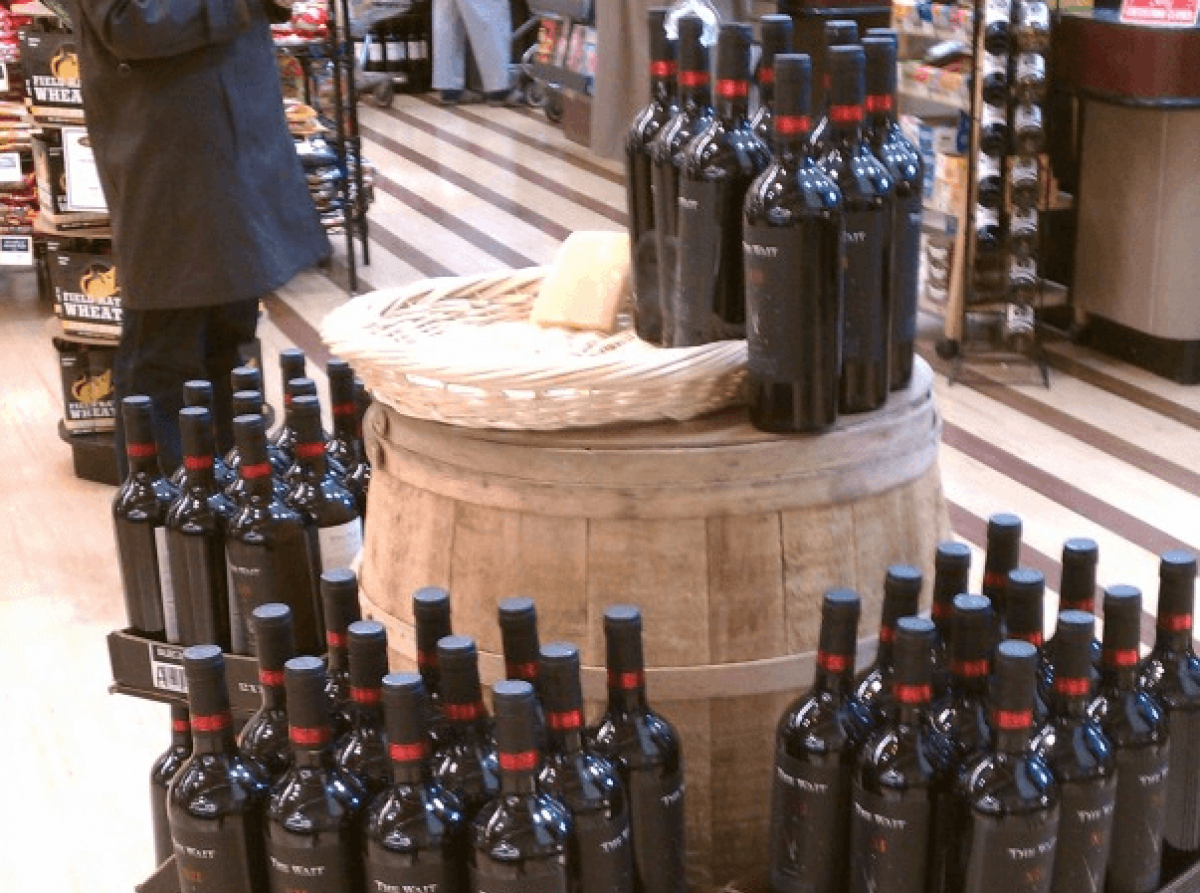
After you find an effective import solution to get your wines into the USA, building your wine brand into a national icon means understanding the ins and outs of state compliance and building your brand from the retail shelf back to your winery. A solid understanding of each market, the business practices of your partners and the peculiarities of your customer base are all important aspects of your market entry strategy.
Here are ten tips from Bonnie Harvey and Michael Houlihan, founders of Barefoot Wines, on how to get your wine brand ready to expand distribution, develop a resilient sales process and successfully become a national brand in the USA:
1. Understand what everybody wants at every level of the distribution channel and be prepared to give it to them.
The distributor’s owners always want to have a strategic advantage when they are selecting a new product for their profile. For example, some distributors might want:
· you to pre-sell a retailer in their territory;
· the exclusive rights on your product;
· support program budgets;
· the chance to do more business with their key retailers.
Before you even go to the distributor, find out specifically what is they want to see from new brands in their portfolio because it is essential that you figure out what will make them confident enough to take on your brand.
Retailers have very similar desires to distributors. They want your product to sell and aren’t willing to wait around for a non-performing SKU to gain market traction. They want you to have a hungry consumer base in their local market. The more people asking for your product and a clear merchandising/support program that outlines how you are going to increase sales will go a long way to drumming up distributor interest. Talk to key retailers and mold your sales process to cater to their market specifics.
2. Start small and don’t spread yourself too thin. Get the reputation of being a hot mover even if it is in a small market area.
There is nothing worse than being labeled a slow mover when you are starting out. If you spread yourself too thin you won’t be able to take advantage of any new opportunities that come your way and you won’t be able to service your accounts up to the necessary standards either.
Limit your markets to areas where you can implement immediate changes and have an immediate impact on the success of your brand. When you start small you learn about all of the different challenges that you are going to face while also giving yourself the ability to limit any setbacks before they create any long lasting negative consequences. You always want to make sure that your product is moving at a steady velocity and that there is always healthy demand for your offering.
3. Outsource compliance: hire a professional company to advise you and file the myriad of forms, documents, and licenses.
Don’t try to do all of this yourself – it is just too complicated. Every state has their own laws, regulations and business practices. In some states, you won’t be able to advertise or sell your alcoholic beverage in the same way you have been in previous markets. For instance, in some states you might not be able to offer a retailer any free product when you are dealing with large orders. However, you might be able to offer them the same large order at a price that corresponds to a smaller order. You have to know all of the nuances of how business is done in each and every territory, so get a pro on your side. It pays to hire a consultant, it doesn’t cost, because one non-compliance fine can easily be the equivalent of what you pay your consultant over the course of a year.
4. Hire a brand building consultant with knowledge of the U.S. distribution, compliance, and retail requirements.
Again – Get a Professional! Hire yourself a proven brand consultant who understands all of the challenges that a wine brand is going to face entering the US market. A brand building consultant will know who the best distributors are, the relationships that they have with retailers and any compliance issues you might come up against. These guys will guide you around all of the pot holes and get you moving quickly down the road to national distribution. They understand who to do business with and who to stay away from and will pay for themselves in very little time.
5. Get distributors who have an interest in seeing your product get to the shelf and stay there.
If you go with a large distributor that tempts you by saying that they are a multi-state distributor, be sure they are willing to put in the work and get your product on their partners’ shelves. Often, brand owners find out to late that their distribution partners haven’t lifted a finger towards putting their products on shelves across their network.
When you are starting a brand try to identify little guys who are motivated to be successful and are ready to give every item in their book the attention that it needs. Smaller distributors need to build their market presence and shelf space, so they are generally more dedicated to keeping your brand on the shelf. However, you have to be careful with small distributors because they may not have the financial wherewithal to pay their bills on time. Bigger distributor might not keep you on the shelf, but they are going to stay current with their accounts.
Generally, you can always start with a smaller distributor and build your brand before moving on to a larger distributor, but the opposite isn’t always true.
6. Be wary of brokers who say “I’ll take care of the merchandising.” If you choose to use brokers make sure they are hands on.
You always have to worry about what is going on in the market. If you do go forward with a broker make sure they are ready to put their feet to the ground and not just playing golf with the buyer. Find out what other brands your broker represents and how each is performing in your new territory. Call brand reps and get information from the horse’s mouth. Go into the retail stores and take a look at what shelf space those brands occupy and if there is evidence of strong merchandising. In other words, do your research! The reputation of your broker will reflect on your brand, so take this decision seriously.
Often, you are much better off hiring a representative over a broker, but there are many very successful and conscientious brokers who will work hard to build your brand for you.
7. Have a representative in every territory.
This is the hardest pill for people to swallow: distributors are not going to do any merchandising with a new brand.
In fact, the distributor is not going to build your brand at all and your representative has to be ready to do all of the heavy lifting. They will have to make all of the sales calls, presentations, follow ups, visits, and stock checks. Make sure you hire hard working representatives that believe in your brand.
Ultimately, you will be able to trust your distributor, but only after you prove to them that your product is moving at a steady velocity. They need to see blood from the beast before they are going to go out there and fight for you.
8. Choose a label, logo, and catch phrase that is easy to recognize, pronounce, and remember. Don’t get cute!
When consumers go into a wine store or wine section of a chain store in the USA and are looking at all of the different labels on offer, it is easy for them to get overwhelmed. Most people don’t know how to buy a wine or even what they want. The best way to keep your brand top-of-mind is to keep it simple. Stand out with bold branding and make sure that your label can be seen and read from 4 feet away.
9. Don’t enter the market with too many SKUs. Keep it down to 2 or 3 until you are established.
A lot of brand owners go into the market with a range of products, but this can actually dilute your chance at brand awareness. It is hard enough to get any shelf space, so try and keep your range to one or two SKUs because it will be easier for you to argue for two or three faces showing. If you go in with multiple varietals, you are going to have your brand name on multiple shelves, but you won’t have any ‘brand width’. The question is, “Is it easier for people to remember your brand if you are known for one or two varietals, or is it easier for people to remember your brand if you are known for five?”
When you get started your ‘brand-width’ is extremely narrow. Your distributor rep’s mind share, your retailer’s mind share, the clerks mind share, and the consumers mind share is very small – they just don’t know about your brand yet, so don’t confuse them with a wide range of products.
10. Stand for more than your product. Support groups and their causes that are in the vicinity of the retail stores where you are for sale.
When you take part in your community you are gaining the attention of a much larger group of people who have already given their support to an organization that is a community fundraiser of a non-profit that they believe in. If you show genuine supporter then the members of the organization are also going to take note because you have reached out and touched them on a personal level.
Fundraisers rarely have the ability or opportunity to get their message out across the market, so offer your brand as an ambassador and support them through your channels as well their own. Put shelf talkers or bottle neck hangers in local accounts that advertise the upcoming event and in return ask the event to help support you through podium mentions, referrals and logo placements on emails, websites and invitations.
Supporting groups, fundraisers and non-profits in local markets give your buyers a social reason, not just a mercantile reason, to buy your product. You will gain much more credibility and your retail and distribution partners will quickly become your advocates and promote your reputation as a community brand builder across the industry.
Not a BTN Member yet?
Get BTN Premium membership and have full access to articles and webinars on BTN + other benefits like:
Full Access to BTN Consultants
Full Access to Buying Leads
Post Unlimited Brands
Full Access to all Articles and Webinars
Full Access to BTN Live conferences presentations and speaker sessions
Discounted rates to exhibit at major partner events and conferences
And Much More...
Your BTN membership will reduce your trial and error time: Why experiment with your branding and distribution when you can fast-track your time to success? Get 'How to do it' content which will help you improve your sales and grow your distribution. Just one article can help you make better decisions and improve your distribution strategy. Try it

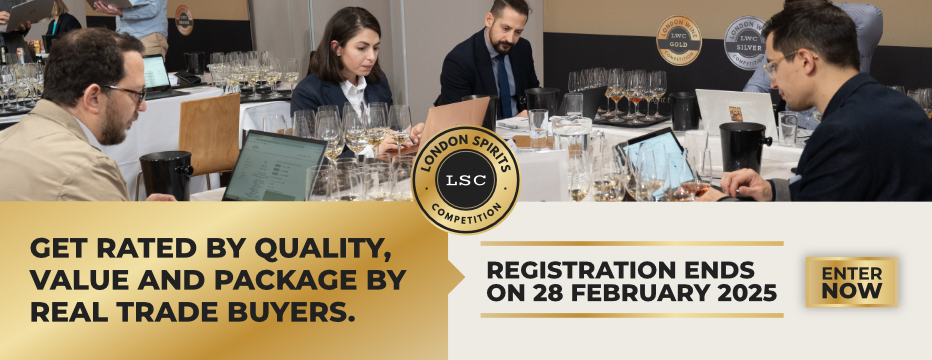

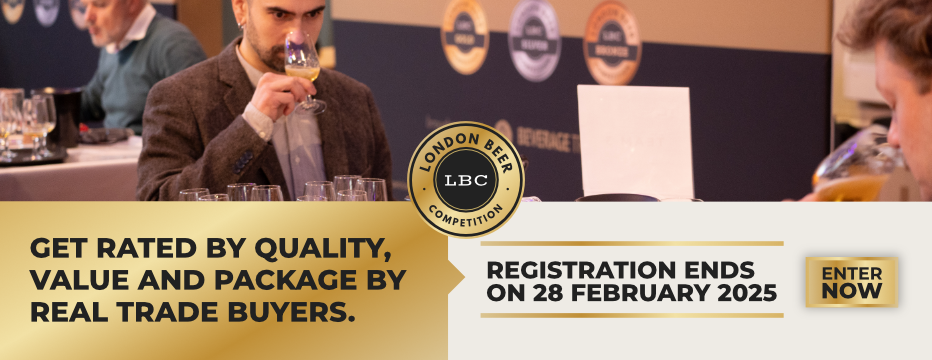

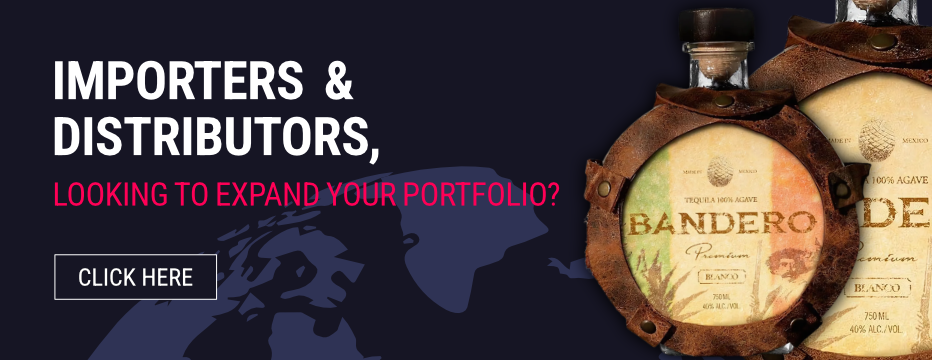
.jpg)





